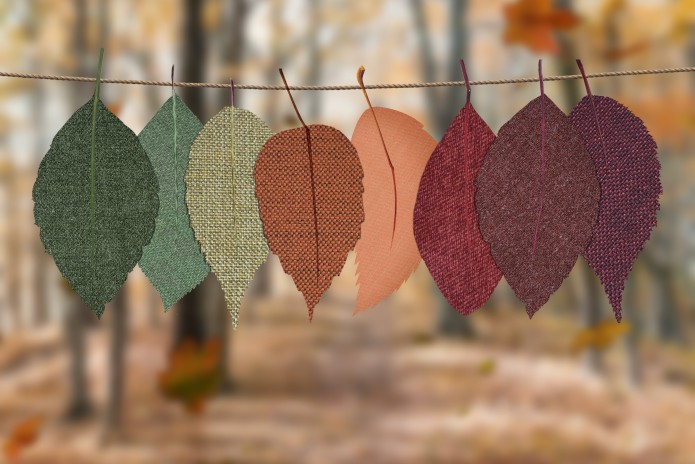- 15
- June
- 2020
Trends in the textile sector
Published by Carles in Impresión, Trabajos realizadosThat the textile sector is constantly changing is more than evident. Since the appearance of the internet and thanks to new technologies, a new scenario has been created where online sales and customer knowledge are going to be the key to the business's vault. We compile in this post the key trends in the textile sector for 2019.
Online sales
The rise of electronic commerce is more than evident. Recent studies such as that of Trusted Shops reveal very significant data. For example, 50.3% of Spaniards buy in online stores more than twice a month, with the world of fashion being "the king": 64.5% recognize that what they most often buy online is clothing or accessories . We can practically say that if a fashion store does not have an online presence, it is doomed to failure.
India in the spotlight
As the manufacturing sector strengthens, fashion companies must redouble their efforts and count on India as the main country from which to obtain labor, taking advantage of the low wages received by workers. India is a developing country (and the second most populous in the world) where there is a large demographic gap and educated and tech-savvy populations coexist in the same space with the poor who have few resources.
Sustainability
The new generations are stomping and demanding changes that are relevant to animal and planet welfare.
A wide variety of sustainable materials have invaded the market in order to reduce the footprint and economic impact that fashion has on the environment. The so-called "fast fashion" chains, with intensive and fast production, have also adopted more sustainable attitudes and have invested in research to find new fabrics. Some of these new options have even been born using materials considered until now.
Some of the sustainable materials most innovative care:
-
ECONYL® fiber: It is made 100% from grids, fishing nets and other nylon waste.
-
Tencel: Created by the Austrian textile giant Lenzing, this fiber is actually a version of a similar fiber: lyocell, woven from fibers that come from eucalyptus trees.
-
Recycled polyester: obtained mainly from recycled plastics and bottles.
-
Bamboo
-
fiber Hemp fiber
-
Organic Linen and Cotton: the sustainable versions of traditional materials, free of pesticides, and made without chemicals harmful to the environment.
Fashion on demand
Thanks to big data we can have exhaustive consumer data. Automation and data analysis have allowed a new generation of companies to be successful in the field of customization, achieving agile and tailor-made production. The big giants of the sector will be able to meet consumer demand in minimum terms and achieving Just-In-Time production, with short production cycles, low production volumes that will reduce excess inventories and stocks.
Polarization of brands
That a polarization in consumption is evident. Today's consumers, especially in the West, when it comes to buying, they choose either luxury or brands very low-price brands, and they combine garments of both two in their daily lives. It is therefore a difficult field for mid-range brands, which remain between two waters. Given this even some luxury brands have created second brands in order to expand their audience.

 Submit files to Pressing
Submit files to Pressing

